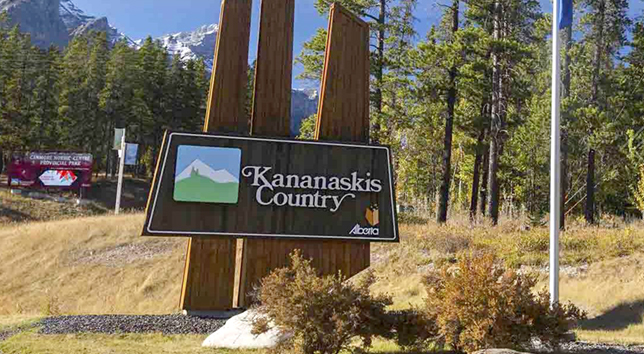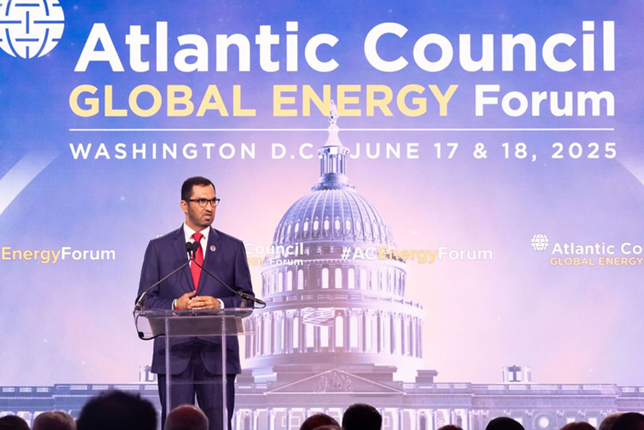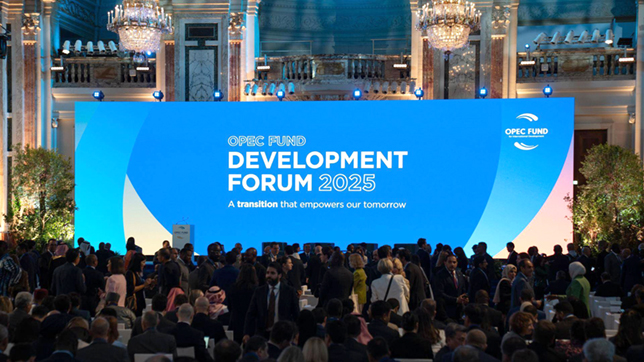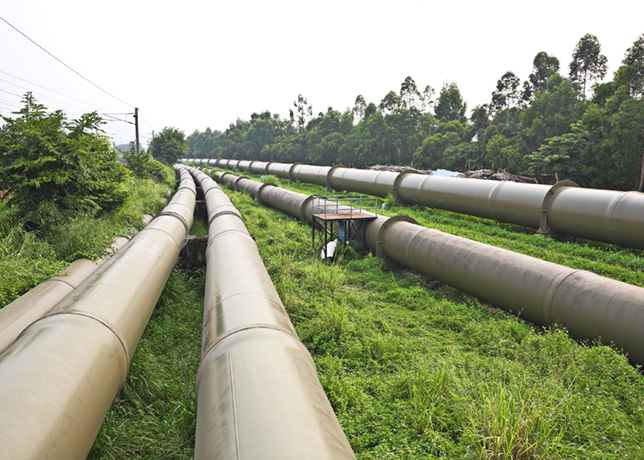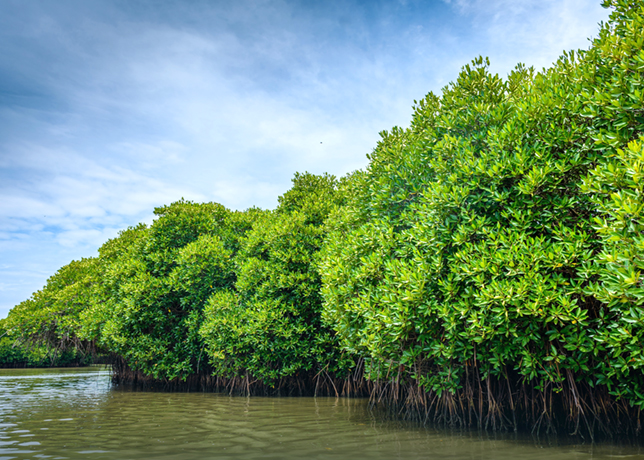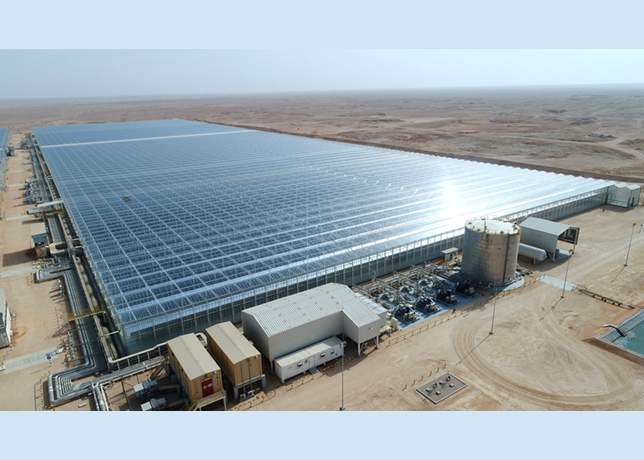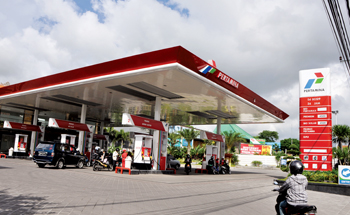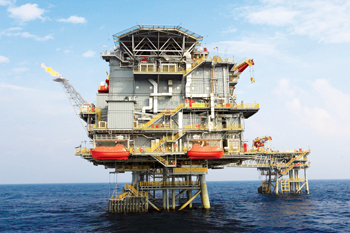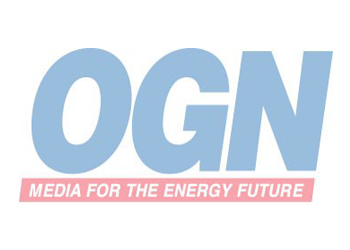
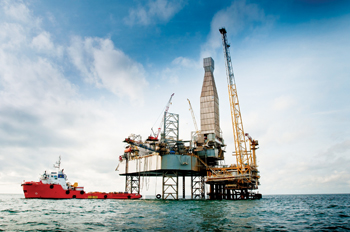 The Mahakam block is Indonesia’s single-largest source of natural gas
The Mahakam block is Indonesia’s single-largest source of natural gas
INDONESIA’S crude oil production is expected to increase starting from mid-March 2015 as new oil fields will start to come online this month, including the Bukit Tua oil field (part of the Ketapang block in East Java and which is operated by Petronas Carigali), says an update on the country’s oil and gas sector by Indonesia Investments.
Over the past two decades Indonesia oil output has declined drastically amid maturing oil fields and the lack of exploration as well as other investments in Indonesia’s oil and gas sector. In 2014, Indonesia produced an average of 794,000 barrels of oil per day (bpd).
Last year’s crude oil production of 794,000 bpd was well below the government’s oil lifting target in the 2014 State Budget (818,000 bpd), extending the downward spiral. In 2013, Southeast Asia’s largest economy produced 826,000 bpd, far from Indonesia’s peak production at 1.6 million bpd (mbpd) in 1995 during Suharto’s New Order regime. In those days, Indonesia was still a member of the Organization of Petroleum Exporting Countries (Opec). However, after turning into a net oil importer, the country had to leave this organisation in 2009.
Currently, Indonesia imports roughly 350,000 bpd and 500,000 barrels of fuel per day to meet domestic demand. Primary reasons for the lack of investment in Indonesia’s oil sector are weak government management, bureaucracy, an unclear regulatory framework, corruption and legal uncertainty.
CRUDE
OIL PRODUCTION
In the first two months of 2015 Indonesia’s oil production continued to decline to an average of 790,000 bpd according to Muliawan, an official of SKK Migas (the Special Task Force for Upstream Oil and Gas Business Activities). However, starting from March crude oil production in Indonesia increased as the Bukit Tua oil field has become online, while output at the Cepu Block (also located in East Java) will increase from 40,000 bpd to 70,000 bpd. The Bukit Tua field now produces only about 3,500 bpd but this is expected to rise to 20,000 bpd by October 2015. Meanwhile, the Cepu Block is expected to reach its peak production rate by September of October this year. Last year, it was reported that this block has an estimated peak production level of 165,000 bpd.
However, although crude oil production in Indonesia is expected to rebound, oil revenues will remain limited due to current worldwide low oil prices. Amid this context, several oil and gas contractors in Indonesia have reduced their drilling activities. However, SKK Migas stated that these reduced drilling activities will not have a significant impact on this year’s oil production and therefore do not jeopardise the government’s oil output target of 825,000 bpd in the 2015 State Budget.
Indonesia’s total oil reserves are estimated at about four billion barrels, and it accounts for only 1.2 per cent of the world’s total oil output. However, it is still a lucrative business. Before oil prices started to free-fall, 100 per cent state-owned oil and gas firm Pertamina posted net profit of $3.06 billion in full-year 2013, hence being one of Indonesia’s most profitable companies. Pertamina is the second-largest oil producer in Indonesia after Chevron Pacific Indonesia.
TO
BECOME MAHAKAM OPERATOR
Sudirman Said, Indonesian Minister for Energy and Mineral Resources, announced that state- owned energy company Pertamina will become the new operator of the offshore Mahakam oil and gas block in East Kalimantan starting from January 1, 2018, replacing current operators Total E&P Indonesia (the local unit of France-based Total) and Japan-based Inpex Corporation as existing contracts expire in 2017. The Ministry, Pertamina, Inpex and Total met to discuss the transition process.
Although Minister Said added that there is the possibility that Total will remain involved in the Mahakam block, the majority stake in the project would definitely go to Pertamina (currently Total and Inpex each own a 50 percent stake in the block).
The Mahakam block, which has been operated by oil and gas giant Total through subsidiary Total E&P Indonesia since 1967, is the primary source of gas for Indonesia’s Bontang liquefied natural gas (LNG) plant in East Kalimantan. According to data from the Indonesian Resources Studies (IRESS) the Mahakam block presently still contains ample oil and gas reserves. Late last year, Marwan Batubara (analyst at the IRESS) estimated that the block contains 50 million barrels of oil and 2 to 10 trillion cubic feet (tcf) of gas.
Although resource nationalist sentiment has risen in recent years, the government was initially hesitant to hand the Mahakam block over to Pertamina as doubts about the state firm’s technical and financial capabilities surfaced. Indonesia cannot afford to see shrinking gas output as the country is already at risk of becoming a structural net gas importer (despite containing abundant natural gas reserves) in the near future. Therefore, it is expected that the government will ask Total to stay involved in the project through a minority stake.
The Mahakam block, Indonesia’s single-largest source of natural gas, had a production level of about 1.76 billion cubic feet per day (bcfd) in 2014 and this is expected to fall slightly to 1.70 bcfd this year.
Pertamina previously stated that it will invest up to $2 billion per year in the Mahakam block if the government would decide to give Pertamina the majority stake. The company targets to achieve gas output at the block of 1.2 bcfd to 1.5 bcfd.
The higher degree of resource nationalism in Indonesia is reflected by the new 2009 mining law. This law mandates higher royalty payments, contains local content requirements and new divestment rules. It also includes the controversial mineral ore export ban which has had a great impact on the mining sector.
A NET IMPORTER OF GAS TOO?
Earlier this month the Indonesian Ministry of Energy and Mineral Resources said that Indonesia will require an additional 3,100 million standard cubic feet per day (mscfd) of gas supplies in the next five years to meet domestic gas demand for the country’s power stations and fertiliser plants. About 1,100 mscfd of gas is needed for Indonesia’s plan to establish 13,400 MW of gas-fired power stations by 2020. A further 2,000 mscfd is needed to fuel fertiliser plants in Southeast Asia’s largest economy.
Although Indonesia is blessed by abundant natural gas reserves (it contains the world’s eighth-largest gas reserves and the third-largest reserves of the Asia-Pacific region after Australia and China), the country may turn into a net gas importer by 2020 as industrialisation (as well as a shift to gas by major industrial users) and an increasing number of Indonesians being connected to the country’s electricity grid causes the continuously rising domestic gas demand. Domestic gas demand is expected to double over the next two decades.
Several other factors are at play as well. Indonesian governments in the 2000s have signed long-term contracts for natural gas exports, hence limiting gas supplies to the domestic market (in 2013, 52 per cent of Indonesia’s natural gas production was exported abroad). It is, therefore, ironic that Indonesia struggles to meet domestic gas demand considering that the country is the world’s fourth-largest liquefied natural gas (LNG) exporter after Qatar, Malaysia and Australia). In fact, due to export commitments, Indonesia has had to purchase spot LNG cargoes to meet its own export obligations.
Another matter that jeopardises Indonesia’s future gas supplies is that there has been insufficient investment in exploration and development of new gas fields. Late last year the Indonesian Petroleum Association (IPA) stated that it expects investment (for exploration) to decline by 20 per cent in 2015 (particularly given the current low energy prices). Analysts say that the Indonesian government should provide a more conducive investment climate as well as offer incentives to attract (foreign) investment in the country’s gas sector.
Moreover, infrastructure development remains a key issue as well as a key challenge to the Indonesian government. Due to Indonesia’s geographical make-up gas distribution by tanker is preferred over pipelines (key blocks of natural gas reserves are located far from the major demand centres).
Severe bureaucracy (red tape), or weak government management, is another matter that has been a main obstacle to investment projects. For example, Chevron’s $12 billion Indonesia Deepwater Development (IDD) project (the country’s first ultra-deepwater natural gas project) in the Makassar Strait has been delayed as the operator does not know whether the government will extend the production-sharing contracts, implying that billions of dollars of investment are currently on hold. The IDD project was scheduled to commence full production in 2018 but this will probably need to be postponed by two years.
Another project that has been delayed is Inpex’s Masela project in the Arafura Sea. Japan-based Inpex, which holds a 65 per cent stake in Masela (the remainder is in the hands of Shell), requests a 20-year extension as the current contract leaves too little time to make a return on the company’s investment.
In a move to ensure sufficient future gas supplies, the government has raised the proportion of gas output that is reserved for the domestic market (an increase to 23.4 tcf in 2015 from 22.7 tcf in 2014).
Apart from enhancing gas production, gas infrastructure development is required as well. Indonesia would like to create a nationwide distribution network beyond the most populous island of Java, linking it to new gas power plants and fields across the archipelago (including a new pipeline which connects the gas fields of Kalimantan to Java). It will be an important task of the government, under the leadership of Joko Widodo (Jokowi), to push for reform, offer tax incentives, create a more attractive investment climate, and to combat bureaucracy (as well as corruption) in this sector.
Without immediate action to boost exploration, Indonesia may turn into a structural net gas importer from 2020 onwards as it takes up to seven or eight years to construct a new gas field. The same happened in the country’s oil sector. In the mid-1990s Indonesia - back then a member of the Opec - had a peak oil production rate of about 1.6 mbpd. In 2014, the country produced an average of 794,000 bpd only, a significant decline that is due to maturing oil fields in combination with the lack of exploration as well as other investments in this sector.
















